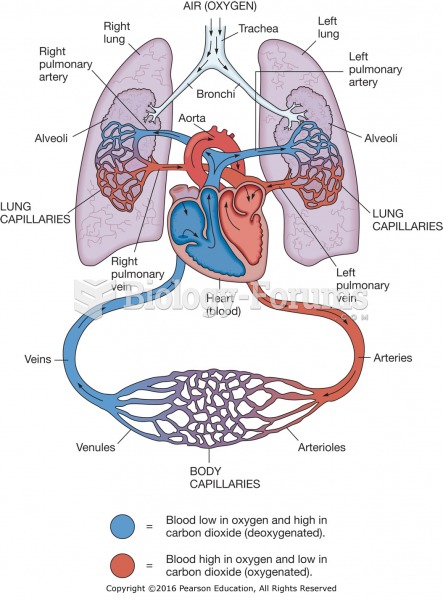This topic contains a solution. Click here to go to the answer
|
|
|
Did you know?
Always store hazardous household chemicals in their original containers out of reach of children. These include bleach, paint, strippers and products containing turpentine, garden chemicals, oven cleaners, fondue fuels, nail polish, and nail polish remover.
Did you know?
The average office desk has 400 times more bacteria on it than a toilet.
Did you know?
Asthma cases in Americans are about 75% higher today than they were in 1980.
Did you know?
Medication errors are more common among seriously ill patients than with those with minor conditions.
Did you know?
To combat osteoporosis, changes in lifestyle and diet are recommended. At-risk patients should include 1,200 to 1,500 mg of calcium daily either via dietary means or with supplements.







